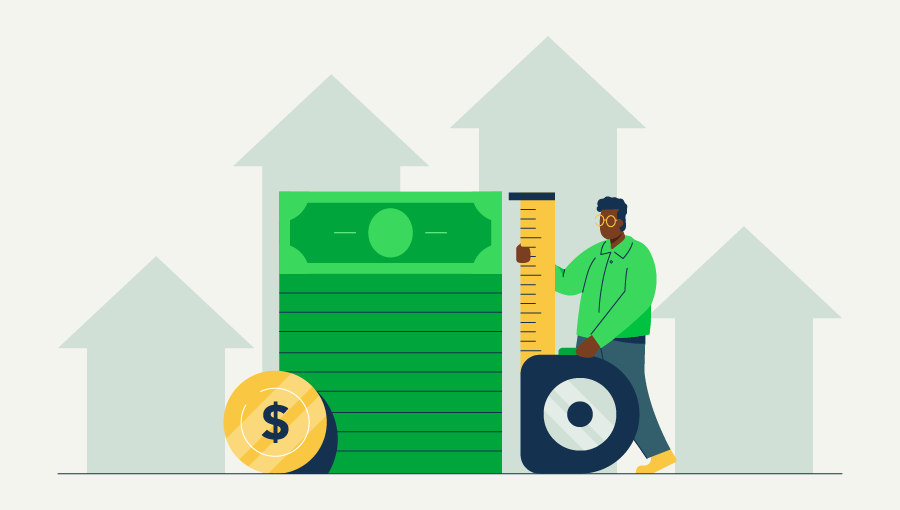Nearly half of business leaders (48%) cite increasing revenue as their top goal for 2025, according to the QuickBooks Entrepreneurship in 2025 report. For midsized businesses, understanding when your business will break even is critical to maintaining profitability and staying competitive.
If you’re looking to improve financial clarity and make data-driven decisions, break-even analysis can provide the insights you need. Read on to see how this formula can support your strategic planning and drive growth for your business.
How to calculate the break-even point
Benefits of break-even analysis
Performing break-even analysis: The break-even point in action
When to use break-even analysis
Tips for lowering the break-even point






















